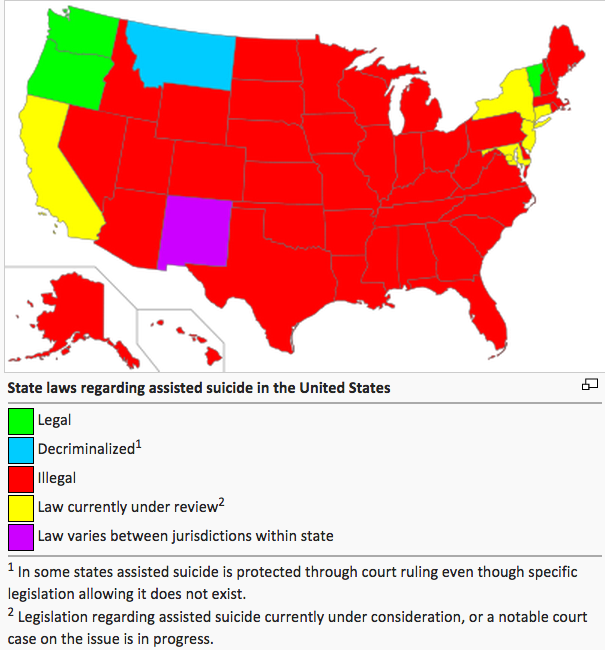
CRIMJ420:
Lesson 4 - Homicide and Related Crimes
Lesson 4: Homicide and Related Crimes Overview
Lesson Readings & Activities
Please complete the assignments and readings outlined on the course schedule for this week.
Readings
Required Readings
- Saylor - Chapter 9 pp. 343–388 (NOTE: You are NOT required to do the exercises within the text that are highlighted in blue. However, you are welcome to complete those exercises and post them in our extra credit discussion forum in order to receive up to 2 points per exercise on your final exam grade.)
What is homicide?
In Latin, Homo cidium means homo = human, and cidium = act of killing. So the word homicide simply means the killing of a person. Technically, all killings are homicides; the real question is whether a killing is criminal. In modern usage, we often think of the word homicide as referring to a criminal act. But it is useful to realize that there are several forms of homicide: justifiable homicide occurs when a victim of an assault kills her assailant in self-defense. Government-sanctioned homicide occurs when a death sentence is carried out or when a service member kills someone pursuant to a lawful military order. A criminal homicide occurs only when someone takes another person's life as a direct or indirect result of an unlawful act.
Take a look at the different forms of homicide:
First Degree Criminal Homicide
A malicious, intentional, and premeditated killing.
Example: Joe hides in Juan's living room and shoots Juan in the head when Juan returns home.
Second Degree Criminal Homicide
An intentional killing that is not premeditated.
Example: Joe and Juan meet at a bar, have a few drinks and get into an argument. Juan then shoots Joe in the heat of the disagreement.
Third Degree Homicide or Manslaughter
A non-violent crime that results in death.
Example: Texting while driving, getting into an accident, and then causing the death of another driver.
Felony Murder
When an offender kills (regardless of specific intent to kill) while committing a felony.
Example: Isaac drives Mercedes to a bank, knowing that Mercedes intends to go inside and rob the bank. Isaac waits in the car during the robbery. During the robbery, Mercedes shoots and kills the teller. Isaac had a bad intent—to rob a bank—but not the intent to kill. Because he had the intent to commit a felony (bank robbery), he is said to have committed felony murder. He caused the death of another person as an indirect result of his conduct.
Assisted Suicide Laws
Is assisted suicide a form of homicide? Is it a lesser crime? Is it a crime at all? Three states make it legal, and a fourth has a grey body of law on the topic (note: California recently legalized assisted suicide, but the exact status of that law is not clear right now because of pending litigation). That means that, in 36 states, assisted suicide is a crime. Below is an example of an assisted suicide statute from Pennsylvania, where it is a form of homicide. Read the statute carefully, and then go on to the Writing Exercise on the next page. I also have included a link to Oregon law (where assisted suicide is legal) in case you would like to make any comparisons.
Suicide Statute
§ 2505. Causing or aiding suicide.
(a) Causing suicide as criminal homicide.--A person may be convicted of criminal homicide for causing another to commit suicide only if he intentionally causes such suicide by force, duress or deception.
(b) Aiding or soliciting suicide as an independent offense.--A person who intentionally aids or solicits another to commit suicide is guilty of a felony of the second degree if his conduct causes such suicide or an attempted suicide, and otherwise of a misdemeanor of the second degree.
Source: Pennsylvania General Assembly, "Consolidated Statutes," www.legis.state.pa.us (accessed Nov. 8, 2012)
If you are interested, check out the map below. It outlines assisted suicide legality in the United States.

Summary
Between your readings and your online lessons, you have engaged in extremely controversial and disturbing topics this week. Take a day or two to reflect on what you have learned and how it has made you feel and think. Have you changed your mind on any issues? Have your thoughts on some issues become more concrete? I hope that these topics, while upsetting, have allowed you to explore your own thoughts more deeply while also learning the law.